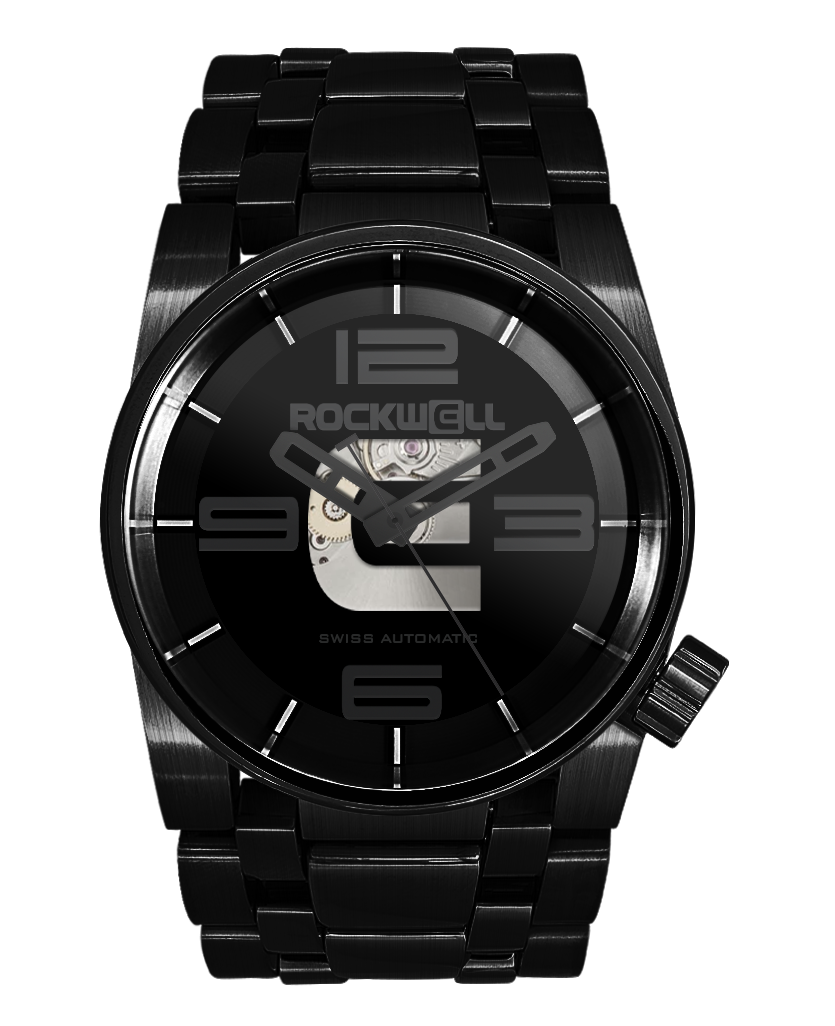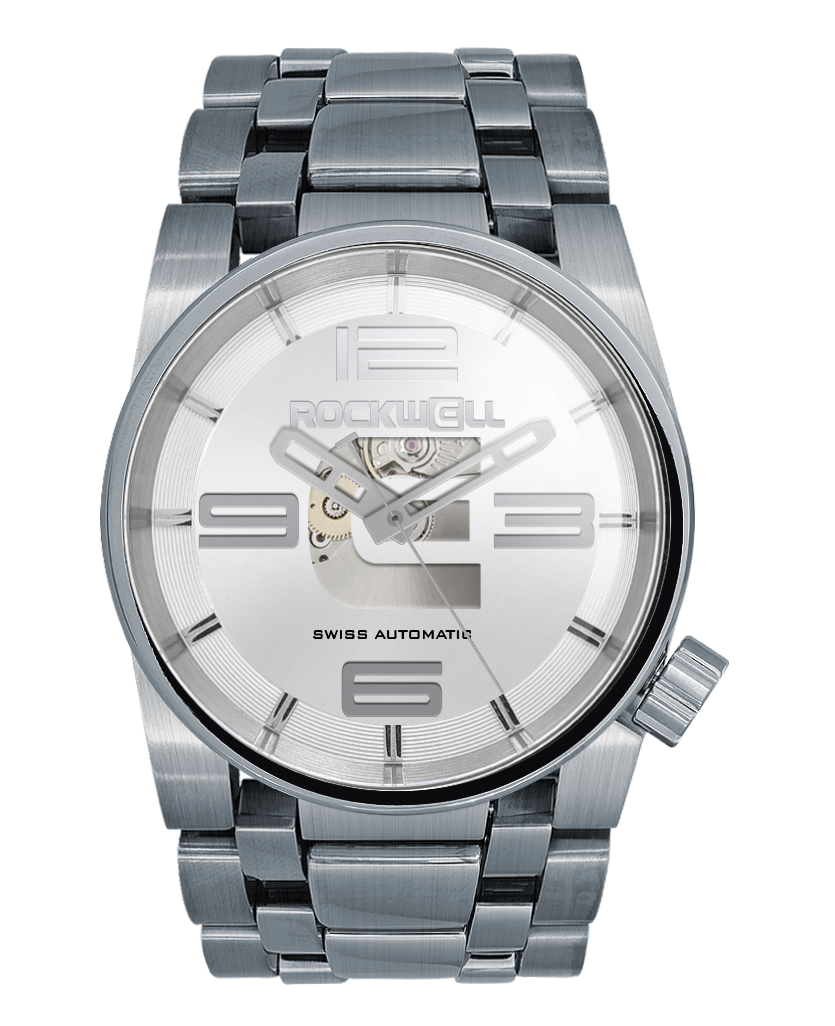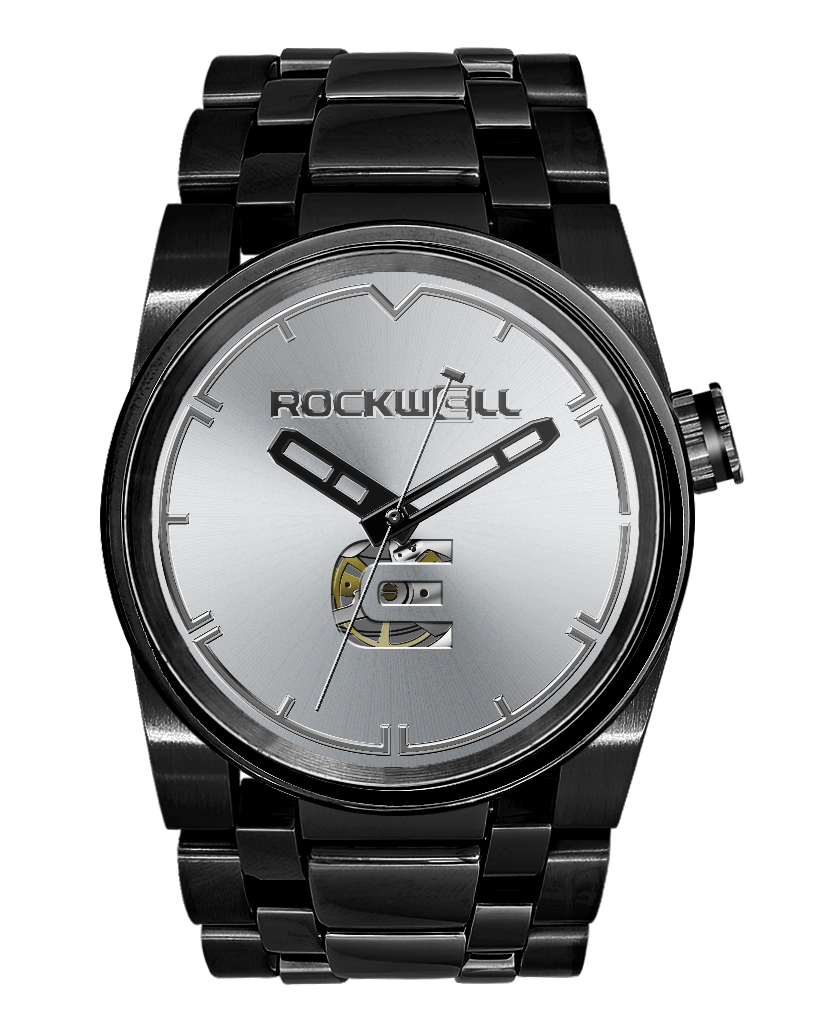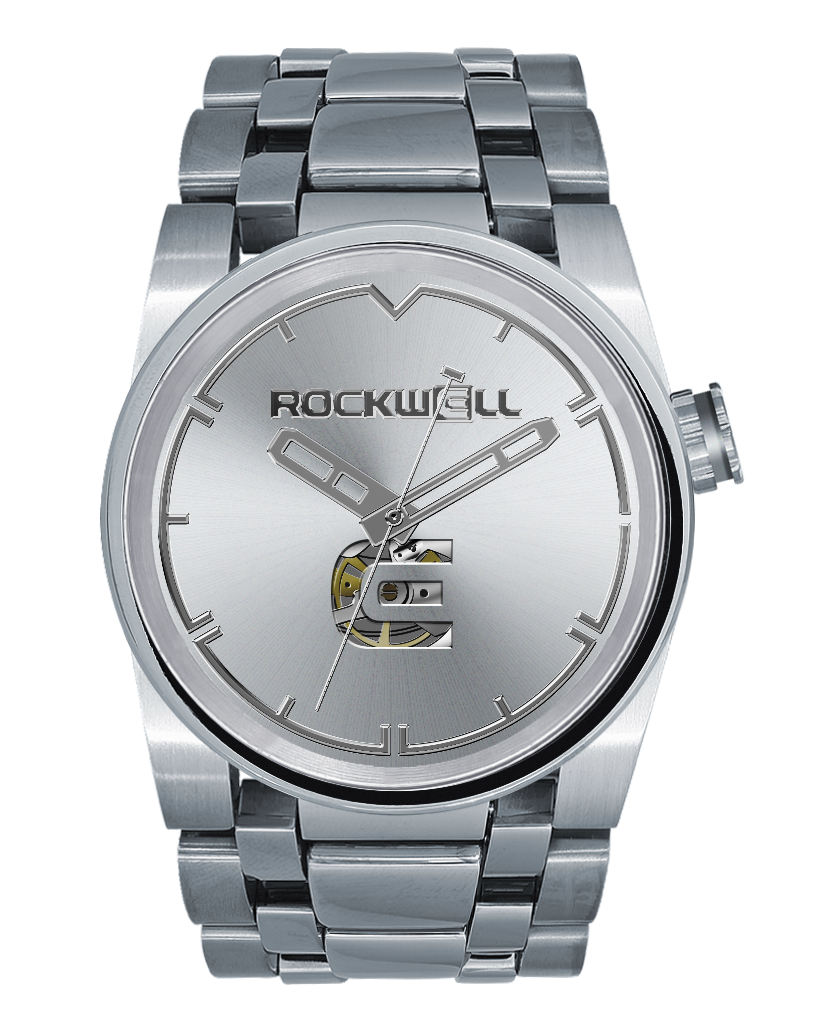Buying Automatic Watches
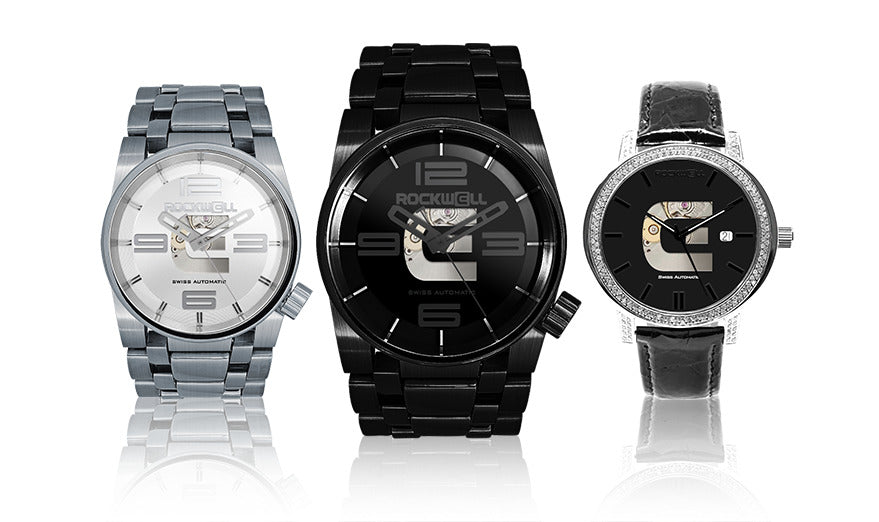
There are all kinds of options when buying timepieces. You've got everything from archaic sundials to trusty ol' clocks to sleek and shiny watches. Now, let's zoom into the wild world of watches. You've got your basic quartz versions powered by batteries, and then there's the mechanical gang, strutting their stuff without any help from Duracell. Among these mechanical marvels, we've got the hand-wound crew and, finally, the automatics.
This automatic bunch includes the clever kids of the watch family. "Work smarter, not harder" could be their motto, and they live that ethos with style and precision. They keep accurate time without any built-in power source, but also without the need to be wound. Pretty perfect, right? Here, we will discuss automatic watches and why they make the ideal watch choice for you or anyone on your gift list.
Automatically Awesome
So they don't have batteries, and you don't wind them. Do they run on magic? Nope, no Hogwarts spells required, just the natural swinging of your wrist as you go about your day. Every time you gesture wildly to hail a taxi or maybe enthusiastically wave at your neighbor's poodle, your watch is soaking up all that kinetic energy like a tiny time-tracking sponge. It runs off of your energy. As long as you wear an automatic watch regularly, there's no need to wind it.
And let's face it, remembering to wind a watch is like trying to remember your Wi-Fi password after it's been a year since you logged in. Was that WatchLov3r123; or WatchL0ver987? You can’t keep track of that; are you really going to remember to wind your watch twice a day? Magic 8-Ball says, "Outlook not so good."
If you buy a watch you need to wind, and you don’t want to mess with the upkeep, you may feel like you’ve just purchased a tiny stress machine. Take the "range anxiety" some people have with electric cars, magnify it to something that happens every 12 hours, and ask yourself if that feels like a thoughtful purchase. If not, automatic is the way to go.
Horological History
Let's journey briefly back to the days of powdered wigs and questionable fashion choices. In the 1770s, Swiss watchmaker Abraham-Louis Perrelet was done with tardiness caused by an unwound timepiece. As a result, he whipped up a pocket watch with a fancy-schmancy vertical weight thingy that stored movement. Sure, it required a brisk 15-minute stroll to capture enough energy to fully wind the movement, but hey, every genius invention has its quirks at first, right?
Fast forward a couple of centuries, and we're knee-deep in World War I, which popularized wristwatches. Enter John Harwood, the watch whisperer who figured out how to make self-winding watches even more efficient. His creation? A watch with a spring bumper that could keep time for 12 hours.
By limiting the motion of the watch's weight from 360 degrees to 180, he dramatically increased the performance of the self-winding capability. Say goodbye to daily time-setting rituals. And say good morning to a watch that was still running when you got up to start your day. This advancement allowed automatic watches for men and women to gain widespread popularity.
Today, there are self-winding watches to fit every wrist, style, lifestyle, and budget. Here at Rockwell, we even offer custom automatic watches made to fit your precise personality and tastes. That allows you to get the perfect shape, color, metal, and vibe. What a time to be alive! It's too bad Perrelet didn't live to see what became of his idea.
At Rockwell, we go all out on custom and corporate watches, allowing you to add etching, engraving, print, and embossing to our watches. You can also change the color and material. You can even design your own watch from the ground up with your company logo.
Which is Which Watch (Quartz vs. Automatic)?
How can you tell a quartz watch from an automatic watch? For starters, if it's digital, it's got a battery, not an automatic mechanism. Analog watches are those with the more traditional face and hands that rotate to tell the time. Among analogs, you can have either quartz or self-winding operations.
While the watchmaker may write the type of mechanism on the dial or the back, one shortcut that is almost always reliable is this: look at how the second-hand moves. A crisp tick? That's quartz, thanks to the vibrations of the quartz crystal. A graceful sweep? Mechanical, baby. One is a tap dancer flicking across time; the other is a graceful ballerina gliding through the seconds.
What's Under the Hood?
So, how do self-winding watches do their thing? Whether you are shopping for a dressier watch or looking at automatic sports watches, all these timepieces will have the same essential components.
Mainspring
Poor Piglet in Winnie the Pooh is afraid of everything: beehives, balloons—even bear BFFs stress him out. This angsty baby pig has something in common with an automatic watch's mainspring: both are tightly wound. A self-winding watch has a tightly coiled, tiny spring. This spring is how it stores the energy from the wearer's movement. Every time you shift your arm, the motion rotates the rotor. This rotation winds the mainspring, which uses its power to keep the watch's gears moving.
Rotor
James Bond was particular about his beverages: shaken, not stirred. Your watch's rotor is far less snobby. This little half-moon-shaped bit of metal will take any shake, stir, tilt, or jiggle and translate that into energy. When the rotor pivots with your motions, it collects energy that will be used to power your watch. If you select an automatic stainless steel watch with a skeleton window, you may even be able to watch the rotor do its thing.
Escapement
An escapement may sound like an edgy ejection feature that Alfred would build into a bat-vehicle. It's not, but it's almost as cool. The escapement controls the release of energy from the mainspring. It's a combination of an escape wheel and a ballet fork. Together, the two components do a magical dance that creates regulated precision. That's the tick-tock motion that keeps your watch running on schedule.
Gear Train
If you have an ATV, UTV, SUV, or any other type of motorized "V,” you benefit from the drive train. That's what connects the engine to the wheels and enables the vehicle to move. Since your automatic watch isn't going off-road unless it's on a driver's arm, it's got a gear train instead. The gear train transmits energy from the mainspring to the escapement. This essential component controls the energy release and drives the watch's hands. The gear train ensures an automatic watch stays on track and isn't a train wreck when it comes to keeping time.
Crown
If the watch you decide on is a luxury timepiece that the wearer only brings out for special occasions, it may occasionally need to be reset after sitting. Or perhaps the recipient is a jet-setter, traveling around the world and across time zones. They need a way to switch time zones from Zimbabwe to Zurich and Seattle to Singapore. Enter the crown, which you can find on the side of the bezel. (The bezel is the part of the case that surrounds the glass.) You can pull out and rotate the crown. This action manually winds the watch's movement, coils the mainspring, and sets the hands to the correct time.
Balance Wheel
Think of the balance wheel as the metronome of a watch. Using a back-and-forth motion, the balance wheel ensures that time is divided into accurate segments. Along with the hairspring, the balance wheel is the key to your watch's accuracy. Whether you are buying a watch to be worn for special occasions or considering automatic military watches, you should look for a watch that is as precise as stylish. The balance wheel helps a watch live up to that requirement.
Jewels
The final significant component of an automatic watch's mechanics is the jewels. Jewels are synthetic sapphires or rubies set into a watch's movement. These stones serve as bearings, assisting in the rotation of some of the watch's mechanisms. The jewels reduce friction in moving parts, translating to smoother functioning and fewer positional errors.
A positional error is a timekeeping inaccuracy based on whether the watch is upright, sideways, or upside down. That cheap analog watch you considered buying because it was pretty? It could lose time if gravity doesn't exert force in the right direction. Jewels help prevent these glitches. A 21-jewel watch will typically keep better time than its 12-stone counterpart. For even more precision, there are watches with 25 or more jewels.
Watches with more jewels tend to be more expensive. This cost difference isn't because you are paying for the value of precious stones. There was a time when watchmakers used natural jewels, and that accounted for some of the price of higher-end movements. Today's jewels are man-made. They function as well or better than the natural materials while costing less. It's not the synthetic sapphires and rubies themselves that push up the price and value of these watches. The sophistication of the mechanics and the resulting increased performance make a watch with more jewels more valuable. Higher-end watches will have more jewels than their less expensive counterparts, meaning they will keep better time.
So there you have it: everything you need to know about an automatic watch. Will you fall in love with your automatic watch from Rockwell? Magic 8-Ball says, "You may rely on it." With all these timepieces' charm, elegant technology, precision timekeeping, and stylish options, how could they not?
